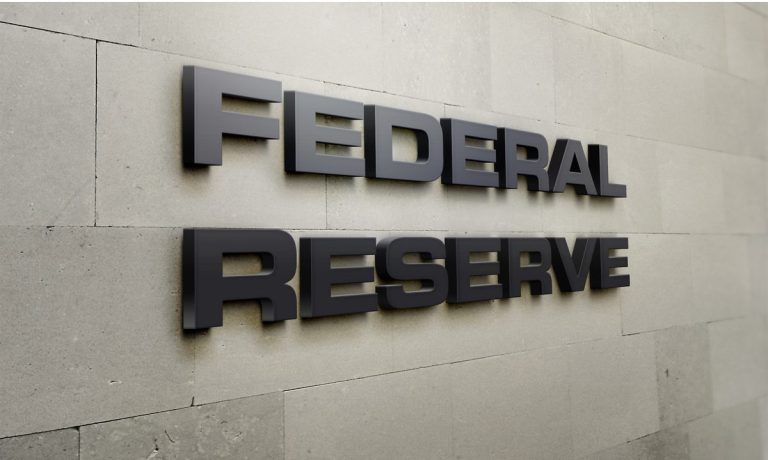
The Federal Reserve’s latest report to Congress offered a snapshot of money spent — and returns on investment — on all manner of payment systems.
As real-time fund flows gain ground, the Fed’s 2023 missive detailed progress and positive returns on Fedwire, which previously was in the red, and gave a cumulative cost breakdown of the still nascent FedNow® Service, with an estimate of when that system will be, effectively, in the black.
The 222-page “Annual Report of the Board of Governors of the Federal Reserve System” issued last week covers the efforts of the 12 reserve banks that provide financial services, enable payments and support the efforts of the individual depository institutions that dot the banking landscape in the United States.
The Fed itself described the reserve banks as the “operating arm” of the central banking system. The reserve banks, collectively, take in revenue from various services and offerings, which can serve as a proxy for the demand the banks themselves (as reserve bank customers, so to speak) see from their end markets and customers for faster payments.
Fedwire operates as a real-time network for wholesale, high-value, time-critical transactions for banks, businesses and government agencies.
There’s likely to be increased uptake of Fedwire, given the continued rollout and mandates surrounding ISO 20022, the data-rich messaging standard taking root around the globe.
“We’ll start to see banks and FinTechs determine how to provide and make use of [enhanced] data so that it streamlines reconciliation and error handling for their customers,” Laura Sullivan, senior product manager at Form3, told PYMNTS in November.
The reserve banks’ operating expenses and imputed costs tied to Fedwire and the National Settlement Service (which also offers same-day finality for private sector transactions) totaled $154.5 million in 2023, per the annual report. Revenue from operations totaled $161.5 million, resulting in a net income of $9.1 million. The last number reverses a net loss seen in 2022 of $3.5 million amid ongoing tech investments.
From 2022 to 2023, the number of Fedwire funds transfers originated by depository institutions decreased 1.4%, to approximately 193 million, the report said. However, the average daily value of Fedwire funds transfers in 2023 was $4.3 trillion, up 2.5% year on year, indicating demand for the surety and transparency that Fedwire provides for large dollar flows.
In a nod as to where we might see increased demand for wire transfers, Galileo Financial Technologies Chief Product Officer David Feuer told PYMNTS this month that same-day, faster wire transfers are set to help transform a broad line of business and consumer use cases with real-time notifications. Galileo announced last month that it is offering wire transfer capabilities to FinTechs. Through its wire transfer API, Galileo connects FinTechs working with Community Federal Savings Bank to Fedwire.
“The assurance of a same-day secure transfer is crucial so that there’s not this risk window where, for instance, a supplier has shipped product, but the payment for that product is in jeopardy or can be recalled,” said Feuer. “We’re seeing a bevy of use cases across both consumer and commercial, and of course, both deposits and lending, where wires is proving to be this really sticky enabler of use cases for those segments.”
ACH remains a profit center. The Fed stated in its report that for commercial ACH transactions, the reserve banks spent $167.3 million in operating costs. Revenue from operations totaled $183.3 million, resulting in a net income of $17.1 million. The reserve banks processed 18.9 billion commercial ACH transactions in 2023, an increase of nearly 1.8% from 2022. The average daily value of FedACH transfers in 2023 was approximately $157.9 billion, up 2% annually.
The report also detailed that FedNow volumes have been “modest” although “in the long run, instant payments will be a routine part of everyday commerce.”
There’s a price tag. The Federal Reserve invested $545 million to implement the FedNow Service, according to the report.
“The number reflects all costs of implementation, including a new cloud-based design to support secure and resilient 24x7x365 processing, integration with existing Federal Reserve account management systems to enable ease of use for participants, and industry education and outreach to prepare stakeholders who decide to adopt instant payments,” the report said. “In time, the Federal Reserve will regularly publish transaction volume information.”
So, the new instant payment infrastructure will take time to reap the seeds sown — more than a decade perhaps. In the meantime, the central bank said in the report that it “expects the FedNow Service to achieve its first instance of long-run cost recovery outside the 10-year time frame typically applied to mature services.”